Introduction to the flavor characteristics of Java coffee in the Varic Manor of the Rodegris family in Bolivia
Professional coffee knowledge exchange more coffee bean information please follow the coffee workshop (Wechat official account cafe_style)
Bolivia is one of the poorest countries in Latin America, a landlocked country bordering Brazil and Colombia. Although it is a country with great potential for coffee exports, its production has been quite scarce and the conditions for growing coffee are excellent, but the challenges are also extremely daunting, resulting in an extraordinarily rich agricultural history built on a very difficult land.
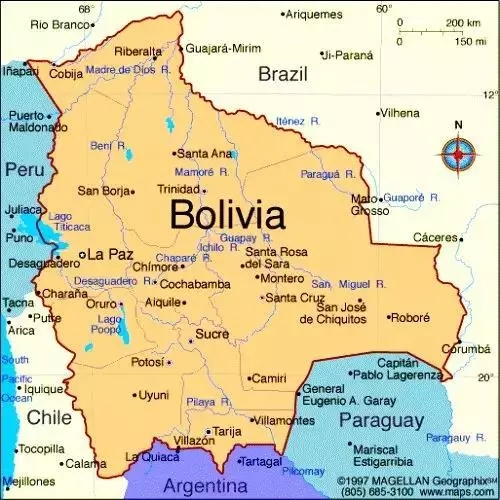
Bolivia's coffee production is dominated by a smallholder production system, with 23000 small farms ranging in size from 2 to 9 hectares. In particular, about 40% of Bolivia's coffee culture is mainly sold domestically. And almost all plantations in Bolivia are grown organically.
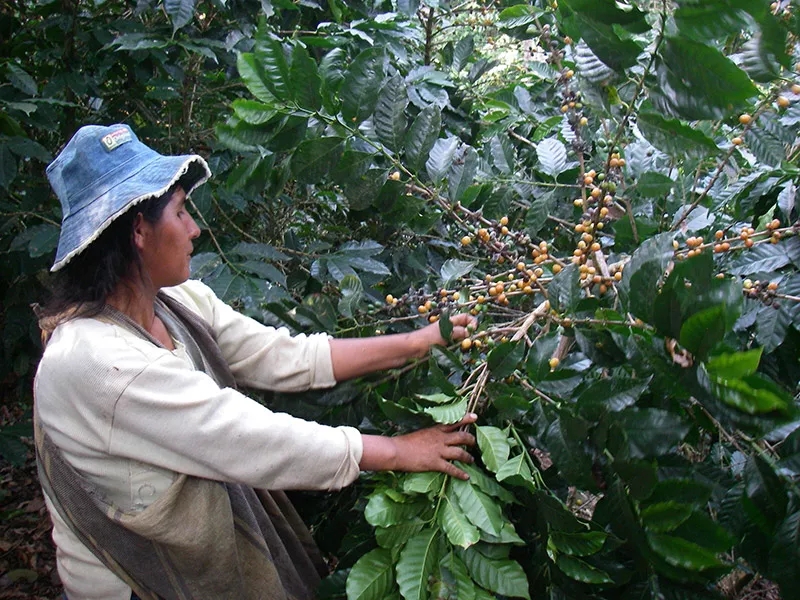
| | RODRIGUEZ FAMILY |
Fifteen years ago, Pedro recognized the potential of Bolivian specialty coffee, and over the past decade, he has established a business called Agricafe, which is committed to building long-term relationships with producers on the basis of mutual trust and interests.
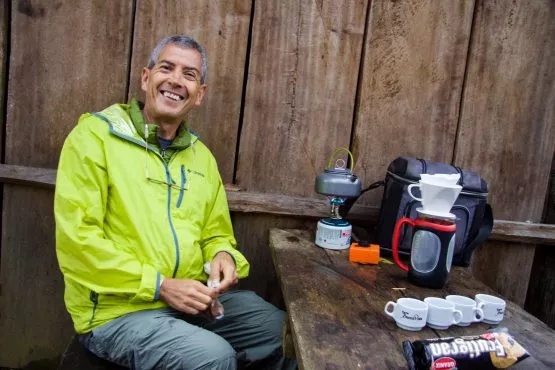
Now, Pedro Rodriguez leads his sons and daughters to continue their efforts to improve the production and quality of boutique coffee in Bolivia.
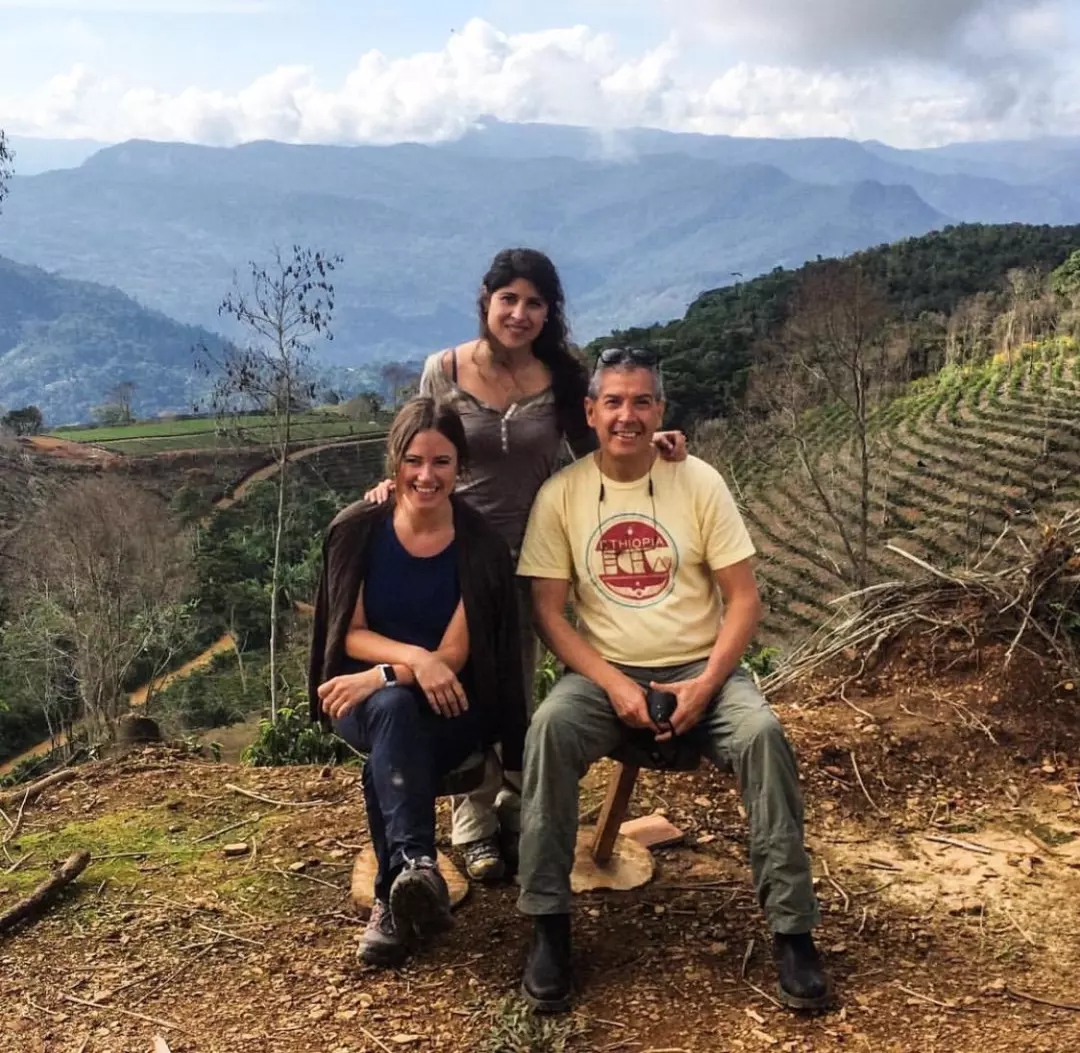
To highlight the delicacy that Bolivian coffee can create, the Rodriguez family family planted quite special varieties: Geisha and Java.
| | Agricafe |
Agricafe exports high-quality, single-source and small batch production microbatches. Mostly from Yungas and Santa Cruz regions, mainly exported to North and South America, Europe, Asia and Australia.

Agricafe, which specializes in South American coffee, was founded in 1986, when Pedro Rodriguez decided to pursue his passion for agriculture.
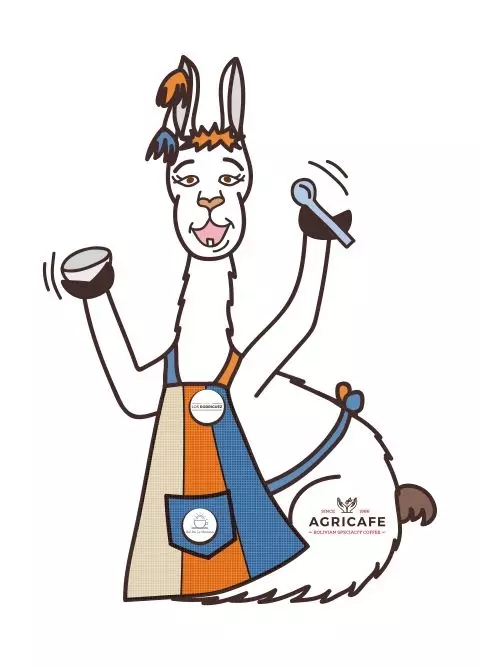
Agricafe relies on building close relationships with producers to create excellent coffee. With the help of international experts, Agricafe introduced innovative education programmes and modern agricultural practices to Bolivia with the aim of further improving quality.
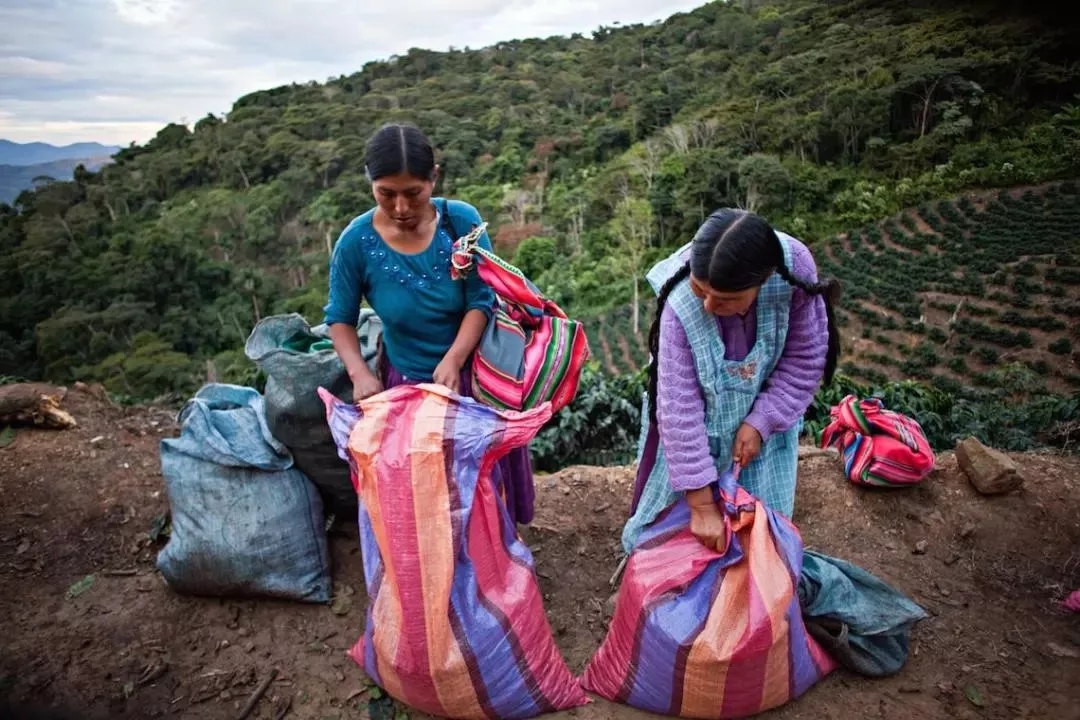
Coffee production in Bolivia dates back to the 1880s. At first, large landowners were the only producers of coffee, but that changed in 1991. Coffee production in Bolivia has been small and exports have continued to decline over the past decade. For example, in 2010, the country exported about 70000 bags of coffee, compared with 22000 in 2017.
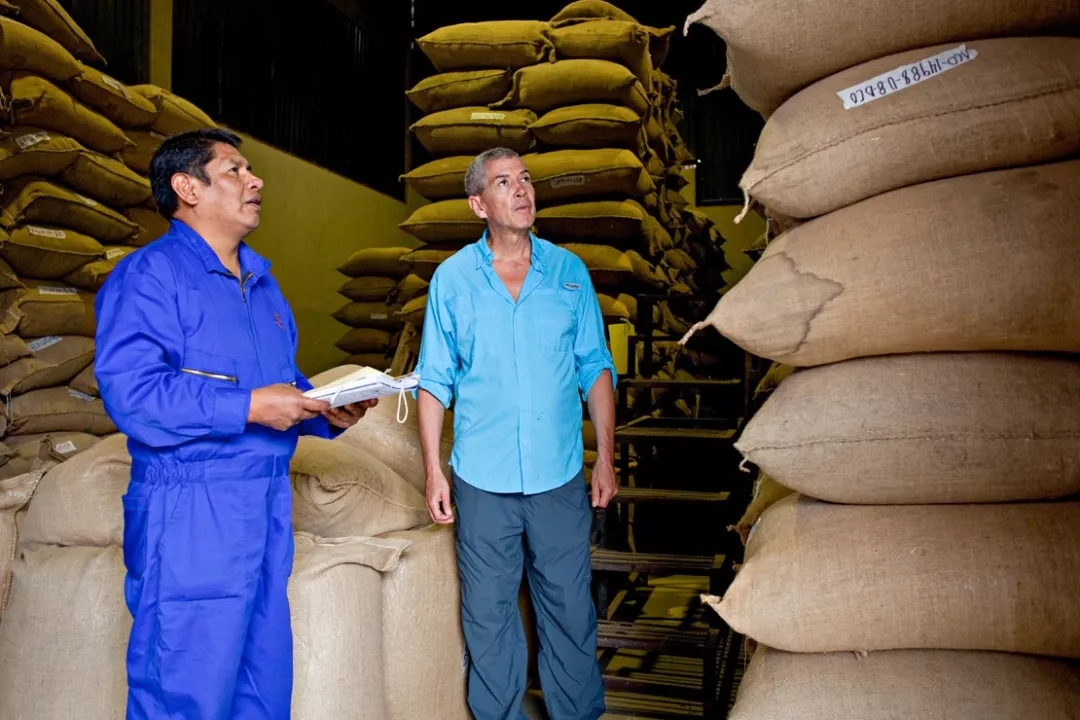
Agricafe takes responsibility for re-examining this trend and allows coffee producers to pay a reasonable price for their hard work. To make a change, Agricafe launched two projects, "The Buena Vista Project" and "Sol de la Manana Program". Both projects are committed to supporting and sharing their knowledge through coffee growing communities, investing in smallholder farmers to improve coffee quality, maintaining transparency at every stage of production, and developing sustainable models and sustainable farms.
| | Waliki |
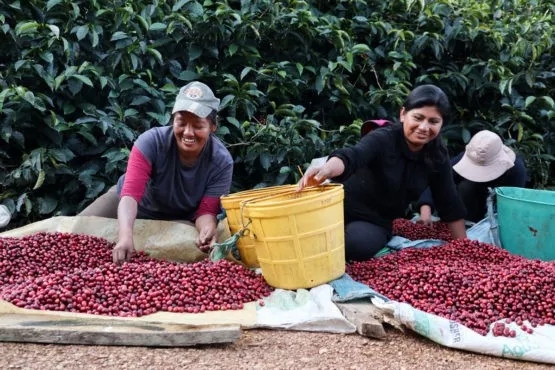
Waliki is a small estate with an area of only 6 hectares, which is located in Caranavi, the main coffee producing area of Bolivia, at an altitude of more than 1600 meters, with a cold climate and a relatively long coffee growing cycle. After the coffee was harvested, the coffee cherry was sent to the lunar processing plant for processing.
| | JAVA |
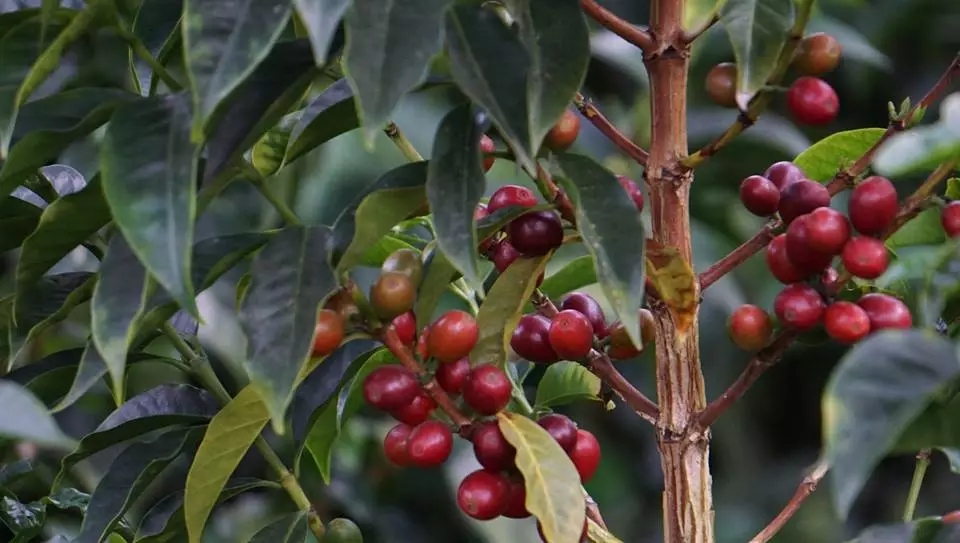
The local long bean variety in Bolivia gets its name because of its long appearance. Its official name should be Java. Java is a very interesting bean species, which is strongly related to Indonesia. But in fact, Java was originally a coffee tree species born in the primeval forest of Ethiopia, collected by local ethnic groups, and then spread to Indonesia through Yemen, where it was named Java. It was generally believed that Java is a branch of Tibika, but genetic comparison shows that Java is actually a coffee variety Abysinia from Ethiopia.
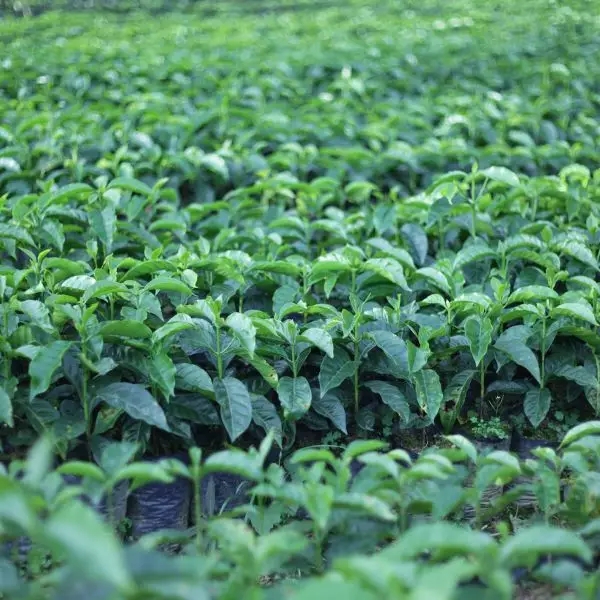
After Indonesia, Java spread first to the nearby Timor island group, and then to Cameroon in East Africa, where it was first released for farmers in 1980. As for the spread to Central and South America, it was introduced to Costa Rica through CIRAD (the Centre de Coop é Internationale en Recherche Agronomique pour le D é veloppement) in 1991 under the guidance of breeding expert Benoit Bertrand. The first Central American country to formally recognize Java beans was Panama, while Bolivia was introduced through Nicaragua.
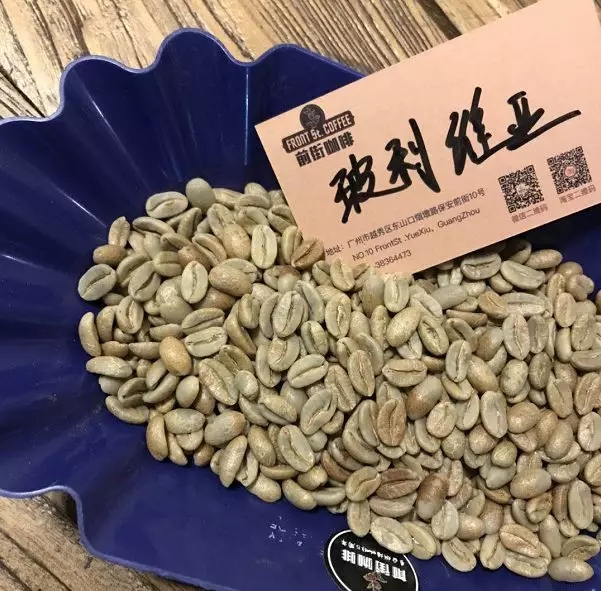
As the name suggests, long beans have long fruits and seeds, brass buds, high plants but low yields. Because of its outstanding flavor, it has stronger resistance to leaf rust and coffee fruit disease, so it is very suitable for small farmers.
| | Solar treatment |
Pour the harvested coffee fruit into a big trough, and the ripe and full fruit will sink to the bottom of the water and remove the floating beans. Put the whole coffee fruit with meat and seeds on an elevated bed to bask in the sun, turn irregularly and naturally dry to about 12% of the water content, which takes about two to four weeks. Finally, the peeling machine is used to remove the hard peel, pulp and sheep skin, and the raw beans appear.
| | Baking analysis |
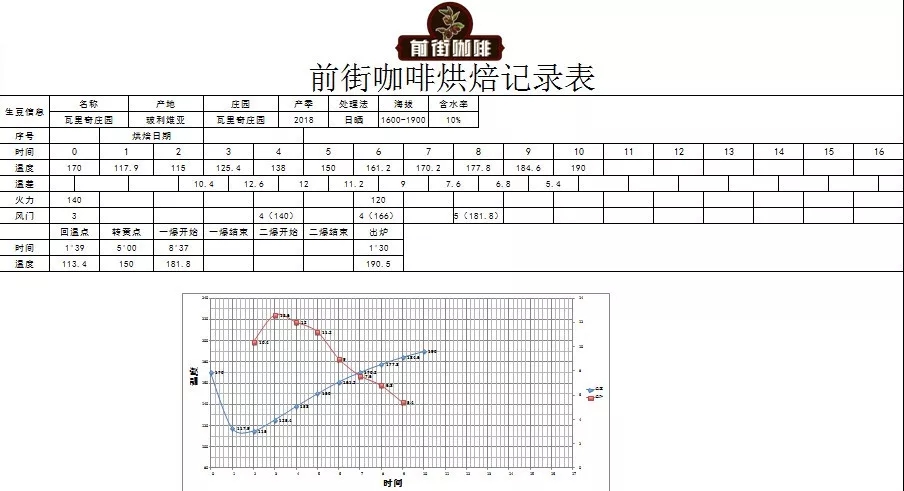
Roaster Yangjia 800N semi-direct fire (baking capacity 300g)
The furnace temperature is preheated to 170℃ into the pot, the throttle is opened at 3j30s, the firepower is adjusted to 140, the throttle is kept at 3, the return point is 139``, the firepower is unchanged at 140℃, and the throttle is opened to 4. Turn yellow in 5 minutes, the smell of grass disappears, enter the stage of dehydration, firepower and throttle remain unchanged. Adjust the firepower to 120 at 166℃, the throttle will not change.
After dehydration, the bean surface appears wrinkles and black markings, and the taste of toast changes to coffee, which is a prelude to an explosion. Pay attention to the sound of an explosion. When it starts to explode, all the throttle doors are open, and the firepower remains the same. After an explosion, the development time is 1mm, 39th, 30th, and 190.5 ℃.
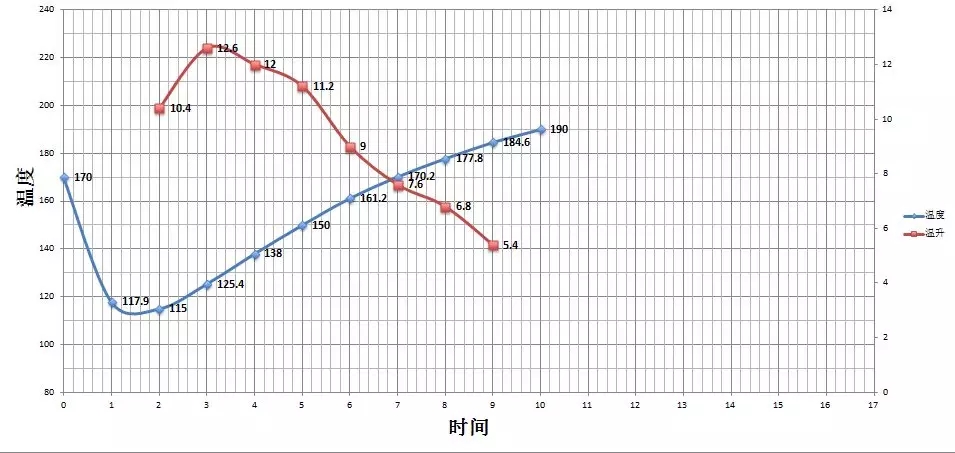
Glass test: dry aroma with hazelnut aromas, the mouth is first creamy, hazelnut, almond sweet and sour notes of citrus, tropical fruits, with fermented wine aromas.
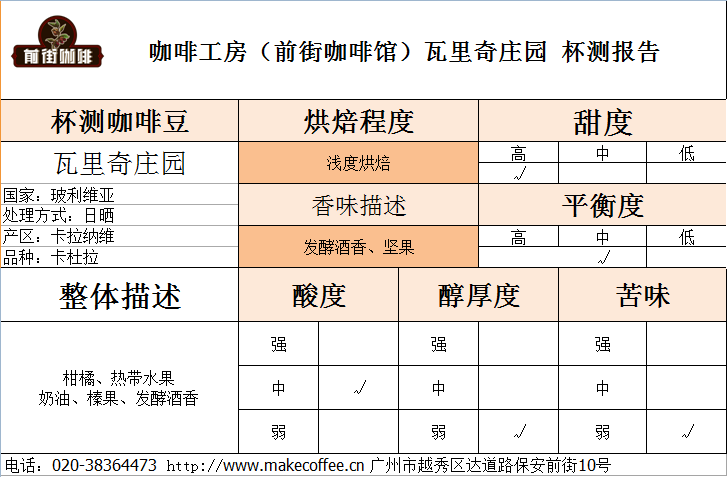
| | suggestion for making and cooking |
Recommended cooking method: hand flushing
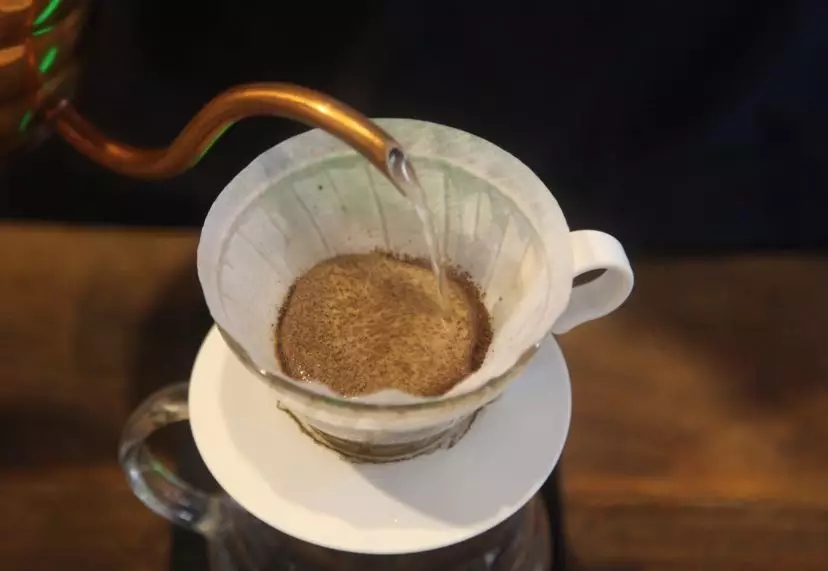
Parameters: V60 racing 1lug 15max 89 ℃ / grindability BG 5R (Chinese standard No. 20 sieve pass rate 58%) / cooking time 1mm 56 "
The entrance has obvious sweet and sour taste of citrus, lime and Hawthorn, with some fruit chocolate and vanilla cream in the aftertaste, and the temperature drops to a sour tone of sweet orange. when it is cool, it has a touch of maple syrup sweetness and jasmine tea and rose tea finish. Sucrose is sweet for a long time.
Important Notice :
前街咖啡 FrontStreet Coffee has moved to new addredd:
FrontStreet Coffee Address: 315,Donghua East Road,GuangZhou
Tel:020 38364473
- Prev
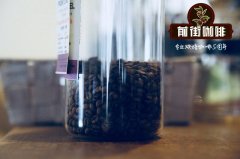
How many kinds of Jamaican coffee are there? what other famous varieties are there in Jamaica besides Blue Mountain Coffee?
Professional coffee knowledge exchange more information about coffee beans Please follow the coffee workshop (Wechat official account cafe_style) Jamaica Coffee Blue Mountain is one of the rarest, scarcest and expensive coffees in the world. Our long-term relationship with our suppliers enables us to import these beans. Let's see what makes JBM so unique. The Blue Mountains of Jamaica are generally located south of Kingston.
- Next
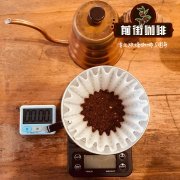
How about Bolivian Java coffee? description of the flavor characteristics of Bolivian Java coffee
Professional coffee knowledge exchange more coffee bean information please follow the coffee workshop (Wechat official account cafe_style) if in many coffee producing areas, to find such a romantic, beautiful and dangerous dream territory, it is Bolivia! Pedro/Agricafe has been growing coffee in Bolivia for 30 years, which can be said to have witnessed the cultivation / production of coffee in Bolivia.
Related
- Detailed explanation of Jadeite planting Land in Panamanian Jadeite Manor introduction to the grading system of Jadeite competitive bidding, Red bid, Green bid and Rose Summer
- Story of Coffee planting in Brenka region of Costa Rica Stonehenge Manor anaerobic heavy honey treatment of flavor mouth
- What's on the barrel of Blue Mountain Coffee beans?
- Can American coffee also pull flowers? How to use hot American style to pull out a good-looking pattern?
- Can you make a cold extract with coffee beans? What is the right proportion for cold-extracted coffee formula?
- Indonesian PWN Gold Mandrine Coffee Origin Features Flavor How to Chong? Mandolin coffee is American.
- A brief introduction to the flavor characteristics of Brazilian yellow bourbon coffee beans
- What is the effect of different water quality on the flavor of cold-extracted coffee? What kind of water is best for brewing coffee?
- Why do you think of Rose Summer whenever you mention Panamanian coffee?
- Introduction to the characteristics of authentic blue mountain coffee bean producing areas? What is the CIB Coffee Authority in Jamaica?

